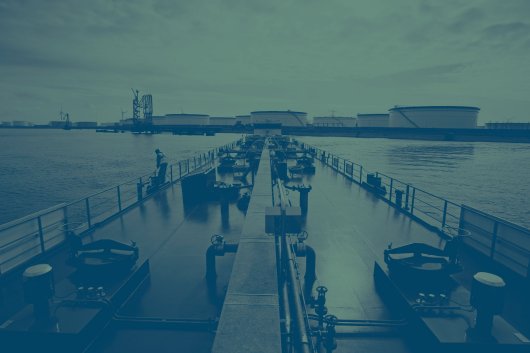Sri Lankan firm converts tank farm for bunker storage
State-owned company plans to use bunker storage terminal to supply ships in Colombo.
Sri Lanka is converting part of a tank farm to store bunker fuel as part of an overall project that will link all the main petroleum facilities with each other and with the port of Colombo, according to local sources.
The tank farm, located in Muthurajawela, is jointly owned by Ceylon Petroleum Corporation (Ceypetco) and Indian Oil Corporation through Ceylon Petroleum Storage Terminals Ltd. (CPSTL). The conversion project is said to form part of Ceypetco's strategy to enter the bunker market in the near future together with a private joint venture partner who would supply Ceypetco with bunker barges to carry out deliveries in the open sea.
Bunker storage capacity in Sri Lanka is currently very limited. Former state-run Lanka Marine Services, now owned by John Keells Holdings, has continued to have an effective monopoly since privatisation as it is the only firm in the country with shore-based storage tanks. Rival suppliers have been using tanker barges as floating storage, which can be more expensive.
Crude oil in Sri Lanka is stored at the Sapugaskande refinery, north of Colombo, and at the Orugodawatte tank farm. Refined products, meanwhile, are stored at the Muthurajawela and Kolonnawa storage terminals, which have a combined storage capacity of 250,000 metric tonnes.
The Muthurajawela terminal currently only stores diesel and kerosene. Officials at CPSTL are said to be planning to convert five tanks to store bunker fuel or furnace oil and three tanks to store petrol. The conversion project will then enable the terminal to supply a power plant in nearby Kerawalapitiya and vessels calling at the port of Colombo via the pipelines that are being built.
Towards the end of last year, bunker supplier Lanka Maritime Services also made an announcement which seemed to suggest that Lanka Marine Services would start to face stiffer competition in the future. The company, which is a subsidiary of Sri Lanka Shipping, said that it was planning to increase the capacity of its floating storage, which in turn would allow them to offer product at lower prices in the port of Colombo.
Meanwhile, development of the new bunkering terminal at Hambantota, which commenced in December 2007 and is scheduled to be completed in 39 months, is also set to lead to increased competition and to provide a major boost to the Sri Lankan bunker market. The terminal will be designed to handle up to 500,000 metric tonnes of oil products a year. Depending on the requirement the terminal can be further expanded up to one million metric tonnes.
The entire port development project is expected to be completed in 15 years in four phases with the first phase alone costing close to US$450 million.
The tank farm, located in Muthurajawela, is jointly owned by Ceylon Petroleum Corporation (Ceypetco) and Indian Oil Corporation through Ceylon Petroleum Storage Terminals Ltd. (CPSTL). The conversion project is said to form part of Ceypetco's strategy to enter the bunker market in the near future together with a private joint venture partner who would supply Ceypetco with bunker barges to carry out deliveries in the open sea.
Bunker storage capacity in Sri Lanka is currently very limited. Former state-run Lanka Marine Services, now owned by John Keells Holdings, has continued to have an effective monopoly since privatisation as it is the only firm in the country with shore-based storage tanks. Rival suppliers have been using tanker barges as floating storage, which can be more expensive.
Crude oil in Sri Lanka is stored at the Sapugaskande refinery, north of Colombo, and at the Orugodawatte tank farm. Refined products, meanwhile, are stored at the Muthurajawela and Kolonnawa storage terminals, which have a combined storage capacity of 250,000 metric tonnes.
The Muthurajawela terminal currently only stores diesel and kerosene. Officials at CPSTL are said to be planning to convert five tanks to store bunker fuel or furnace oil and three tanks to store petrol. The conversion project will then enable the terminal to supply a power plant in nearby Kerawalapitiya and vessels calling at the port of Colombo via the pipelines that are being built.
Towards the end of last year, bunker supplier Lanka Maritime Services also made an announcement which seemed to suggest that Lanka Marine Services would start to face stiffer competition in the future. The company, which is a subsidiary of Sri Lanka Shipping, said that it was planning to increase the capacity of its floating storage, which in turn would allow them to offer product at lower prices in the port of Colombo.
Meanwhile, development of the new bunkering terminal at Hambantota, which commenced in December 2007 and is scheduled to be completed in 39 months, is also set to lead to increased competition and to provide a major boost to the Sri Lankan bunker market. The terminal will be designed to handle up to 500,000 metric tonnes of oil products a year. Depending on the requirement the terminal can be further expanded up to one million metric tonnes.
The entire port development project is expected to be completed in 15 years in four phases with the first phase alone costing close to US$450 million.
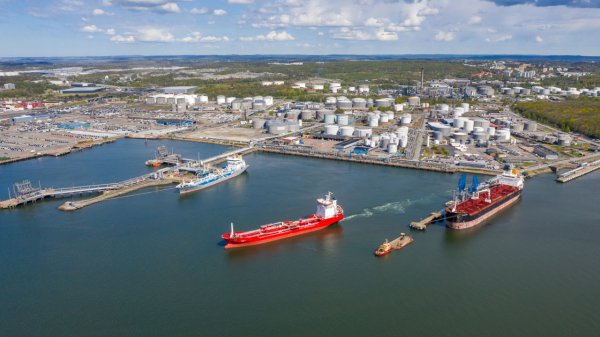
|
Swedish biomethane bunkered in Gothenburg
Test delivery performed by St1 and St1 Biokraft, who aim to become large-scale suppliers. |
|
|
|
||
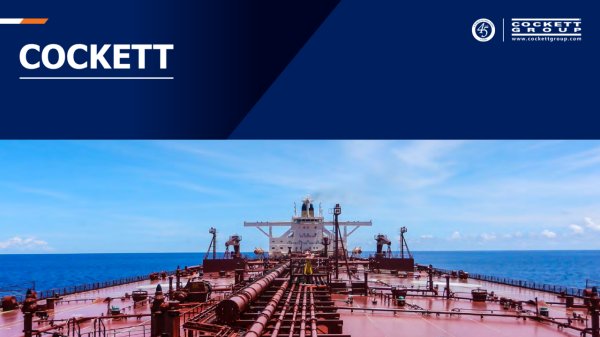
|
Cockett to be closed down after 45 years
End of an era as shareholders make decision based on 'non-core nature' of Cockett's business. |
|
|
|
||
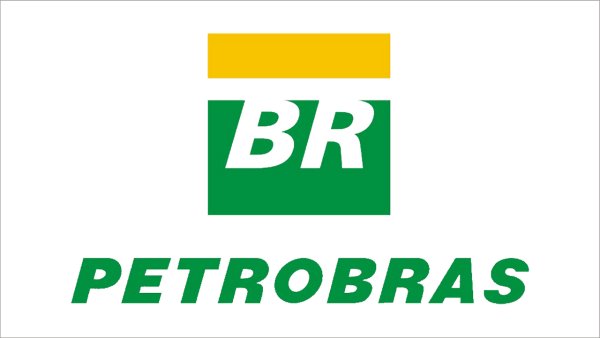
|
Petrobras confirms prompt availability of VLS B24 at Rio Grande
Lead time for barge deliveries currently five days. |
|
|
|
||
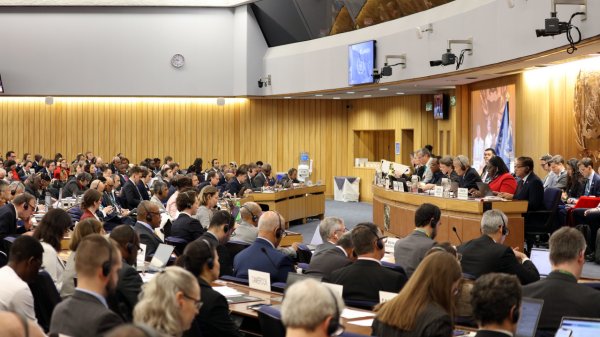
|
IMO approves pricing mechanism based on GHG intensity thresholds
Charges to be levied on ships that do not meet yearly GHG fuel intensity reduction targets. |
|
|
|
||
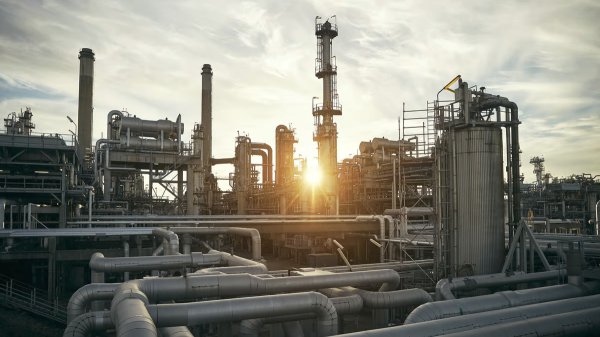
|
VARO Energy expands renewable portfolio with Preem acquisition
All-cash transaction expected to complete in the latter half of 2025. |
|
|
|
||
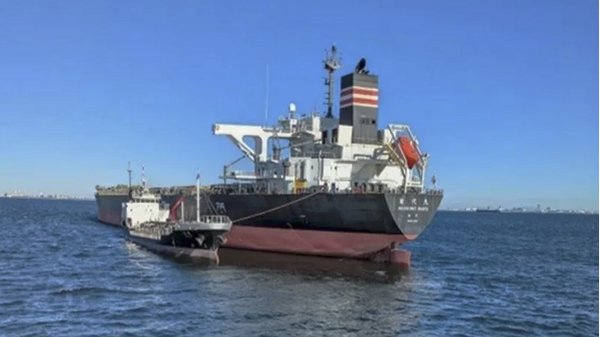
|
NYK trials biofuel in milestone coal carrier test
Vessel is used to test biofuel for domestic utility company. |
|
|
|
||
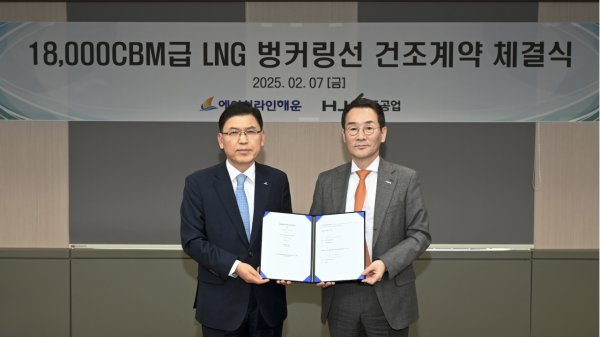
|
H-Line Shipping orders LNG bunkering vessel
Vessel with 18,000-cbm capacity to run on both LNG and MDO. |
|
|
|
||

|
How to engineer and manage green shipping fuels | Stanley George, VPS
Effective management strategies and insights for evolving fuel use. |
|
|
|
||

|
Swedish government bans scrubber wastewater discharges
Discharges from open-loop scrubbers to be prohibited in Swedish waters from July 2025. |
|
|
|
||
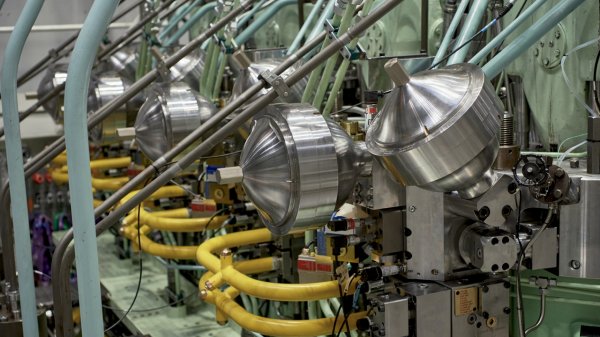
|
MAN Energy Solutions achieves 100% load milestone for ammonia engine
Latest tests validate fuel injection system throughout the entire load curve. |
|
|
|
||
Related Links
-
· Lanka Marine Service (Pvt.) Ltd. [Directory]
- · Sri Lanka [Directory]
- · Colombo [Directory]

